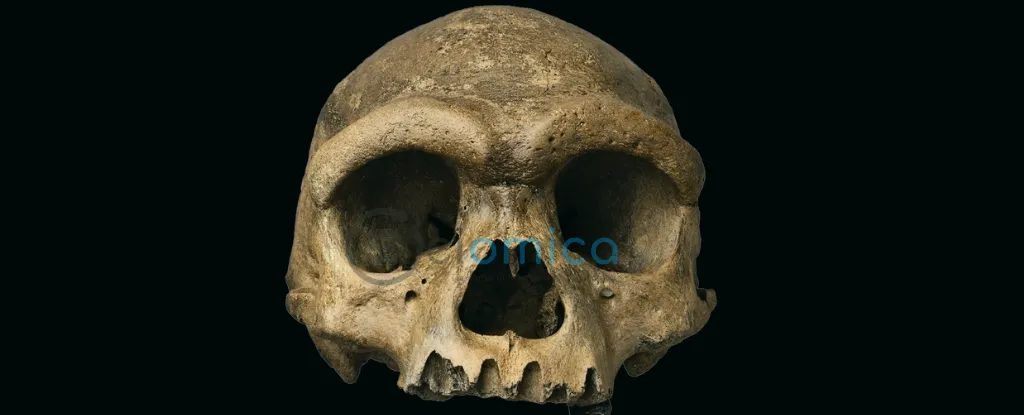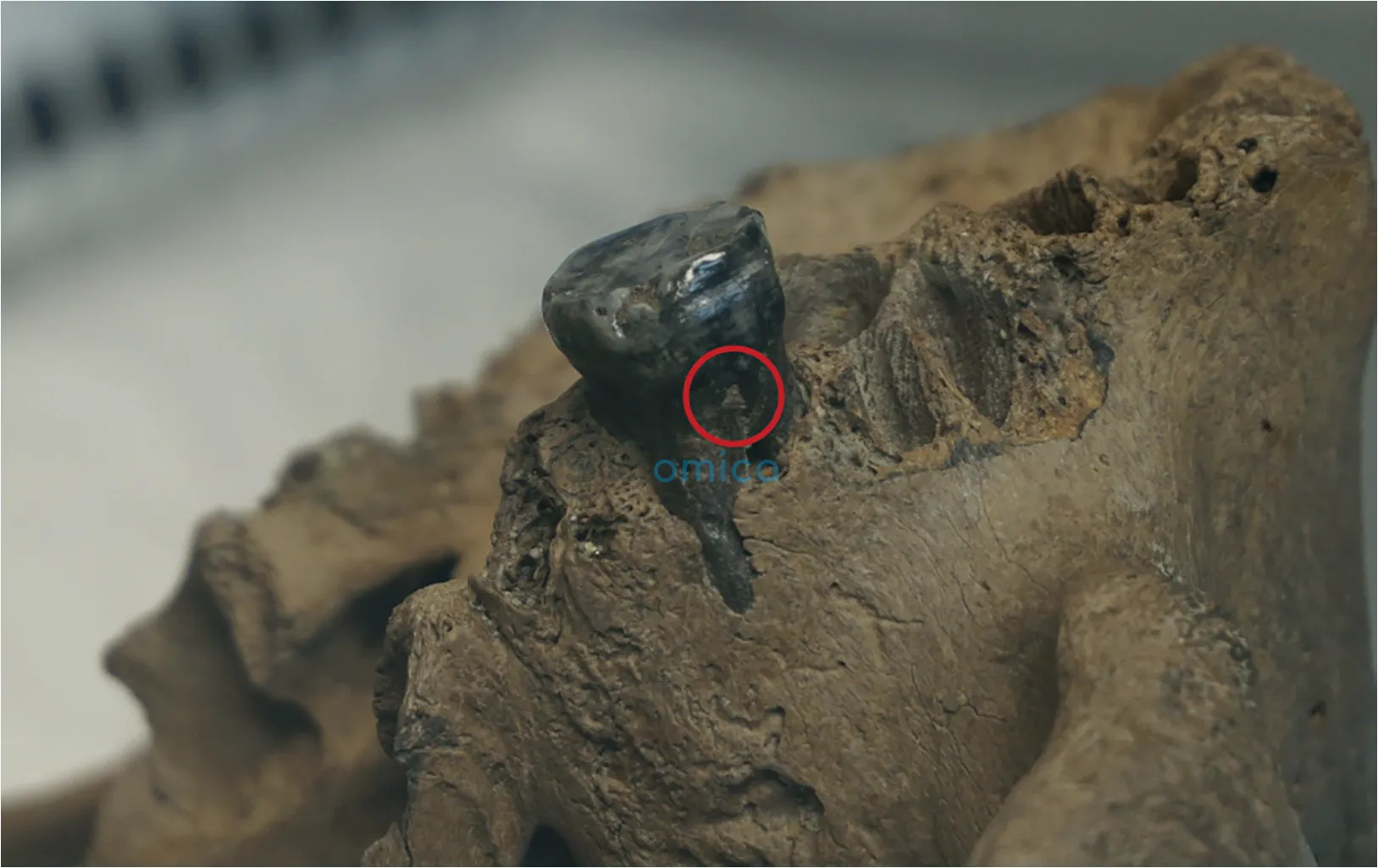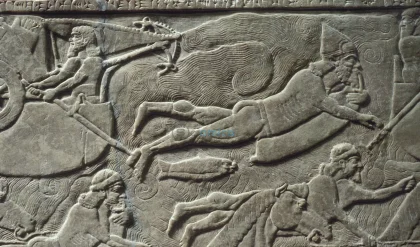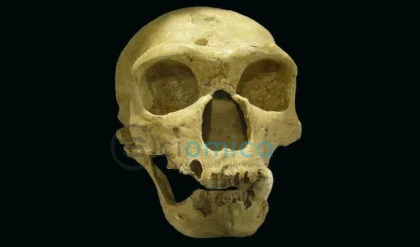
A significant discovery has emerged from recent studies regarding a 146,000-year-old skull previously known as the ‘dragon man.’ Originally believed to be a unique representative of an ancient human species, the skull actually belongs to the Denisovans, a group of extinct human relatives, according to findings published in two new scientific papers.
This skull, the first of its kind from the Denisovan lineage, remained unnoticed for decades. The revelation comes from the work of paleontologist Qiaomei Fu from the Chinese Academy of Sciences, who led research that relied on advanced techniques to analyze proteins and mitochondrial DNA preserved within the fossil.
The ‘dragon man’ skull was first discovered in the 1930s by a construction worker building a bridge over the Songhua River in Harbin, China. During this time, the region was under Japanese occupation. The area, known as Longjiang or ‘dragon river,’ ultimately lent the skull its nickname. After being buried in secrecy for years—hidden at the bottom of a well—the skull was donated to Hebei GEO University in 2018, leading to significant research efforts.
Initially classified as a new species named Homo longi in 2021, recent studies question this categorization. The initial classification was based on comparative morphology, an analysis that can sometimes mislead due to the varying appearances of species depending on their environment and lifestyle.
Extracting molecular evidence from ancient fossils, particularly DNA, poses significant challenges due to the fragile nature of the material. However, Fu and her colleagues made remarkable progress in this area. They successfully retrieved proteins from the skull’s petrous bone, one of the densest bones in the body, and mitochondrial DNA from dental plaque found on the dragon man’s teeth.

Dental plaque is not commonly considered a reliable source of DNA due to its nature as a biofilm rather than a direct component of the organism. However, Fu’s findings indicate that human DNA from the Harbin specimen was better preserved in dental calculus than in denser skeletal structures, suggesting its potential as a resource for studying DNA in ancient hominins.
The analysis revealed that the dragon man shares genetic material with at least five other Denisovan individuals identified from findings in Siberia. Furthermore, among the 95 proteins investigated, four were identified as definitively Denisovan, with three showing direct matches.
While some uncertainty remains regarding these sampling techniques, Fu and her team’s findings provide substantial evidence for classifying the dragon man within the Denisovan group. This transition from a newly recognized species to understanding its significance within the Denisovan lineage is a notable development in paleontology.
The research has effectively closed the chapter on Homo longi, giving way to what is now the first complete Denisovan skull. It’s a remarkable twist in the narrative of human ancestry, particularly since this vital fossil has resided with modern humans for almost a century.
Published in the journals Science and Cell, this discovery underscores the importance of continued exploration and research in the field of human evolution.






